The Section Cochlopetalum
The individual species from this complex always cause problems when identifying them. This may be because some names of individual species are valued differently by taxonomists.
Further uncertainties when assigning a name are caused by the hybrid Paph. Pinocchio was added, the one from Paph. glaucophyllum and Paph. primulinum was created. In recent years, Paph. Pinocchio has been crossed again and again with individual species from the P. chamberlainianum complex, so the crossing results of one species or the other look very similar - but they are nameless crosses that are ultimately referred to as Paph. Pinocchio are marketed.
As a result, it seems to have become important that the individual species continue to be propagated. I will try to bring together as much background information as possible about the names - in the end everyone can decide for themselves which name is on the label.
In the American magazine “Orchid Digest” J.H. ASHER in issue 1 1985 reorganized this complex based on available information, herbarium material and modern techniques.
From this groundbreaking article I would like to show the historical process of naming:
According to PFITZER, the section Cochlopetalum HALLIER contained three species in 1903:
P. chamberlainianum (O'BRIEN) PFITZER
P. victoria-mariae (ROLFE) HOOKER f.
P. glaucophyllum J.J. SMITH
In 1976, WOOD reorganized the Cochlopetalum section:
P. victoria-regina (SANDER) WOOD
P. victoria-regina subsp. chamberlainianum (SANDER) WOOD
P. victoria-regina subsp. glaucophyllum (J.J. SMITH) WOOD
P. victoria-regina subsp. glaucophyllum var. moquettianum (J.J. SMITH) WOOD
P. victoria-regina subsp. liemianum (FOWLIE) WOOD
P. victoria-regina subsp. primulinum (WOOD & TAYLOR) WOOD
P. victoria-regina subsp. primulinum forma purpurascens (WOOD & TAYLOR) WOOD
P. victoria-regina (SANDER) WOOD sees it as a basic synonym for P. victoria-mariae (ROLFE) HOOKER.
At that time there were only chromosome studies of P. chamberlainianum (2n=32 or 2n=34), P. glaucophyllum (2n=36) and P. primulinum (2n=32).
After an extended chromosome examination, KARAWASA & SAITO divided the cochlopetalum section again in 1982:
P. victoria-regina (SANDER) WOOD
P. liemianum (FOWLIE) KARASAWA & SAITO
P. liemianum var. primulinum (WOOD & TAYLOR) KARASAWA & SAITO
P. chamberlainianum (O'BRIEN) STEIN
P. glaucophyllum (J.J. SMITH) PFITZER
P. glaucophyllum var. Moquettianum (J.J. SMITH)
With this classification, the taxonomic problems surrounding P. victoria-regina, P. victoria-mariae and P. chamberlainianum quickly became apparent. The extensive and robust discussion on this topic can be read in Issue 1 1985 of Orchid Digest.
Ultimately, ASHER classifies this complex according to chromosome analysis:
P. chamberlainianum (2n=34)
P. victoria-mariae (2n=30)
P. moquettianum (2n=34)
P. glaucophyllum (2n=36,37)
P. liemianum (2n=32)
P. primulinum (2n=32)
P. primulinum forma purpurascens (2n=32)
This classification was also supported by FOWLIE, who visited most of the species from this complex at the natural site. The following pictures were published in an article in Orchid Digest, which I can show here:
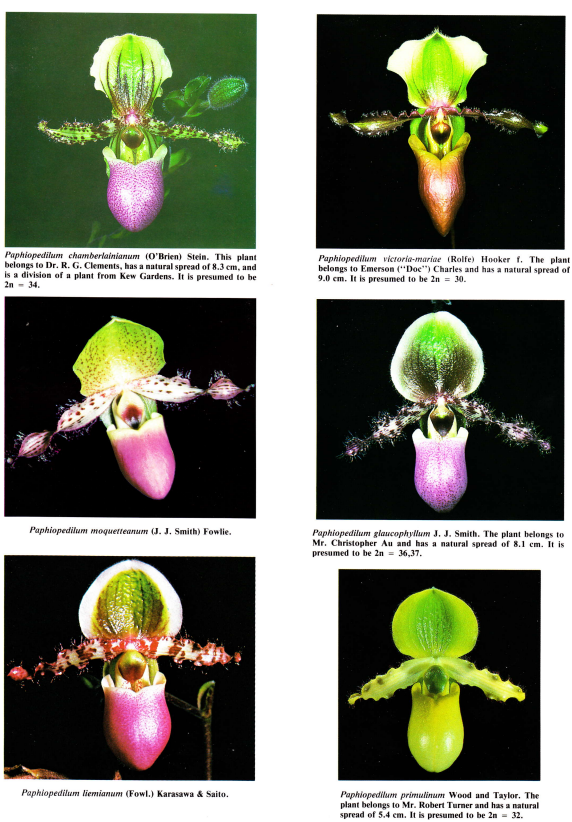
In his 1998 book “The Genus Paphiopedilum,” CRIPP elevated the name P. chamberlainianum to synonymous status with P. victoria-regina. The new descriptions of P. victoria-regina and P. chamberlainianum in 1892, which were published by F. SANDER, served as an explanation. The description of P. chamberlainianum came just a week after the description of P. victoria-regina. According to the law of priority, the plant is given the name that was first validly described, i.e. P. victoria-regina.
However, both species were described as new at the time - is one species simply suppressed here?
Below are the individual species with a picture of the flower and the staminodium that can make identification easier.
P. chamberlainianum or P. victoria-regina

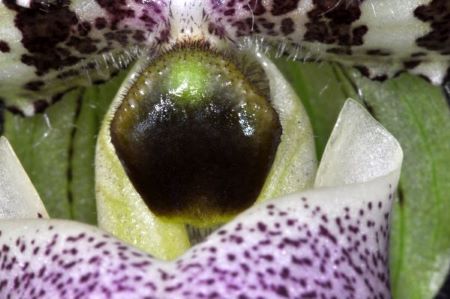
P. victoria-mariae


P. moquettianum
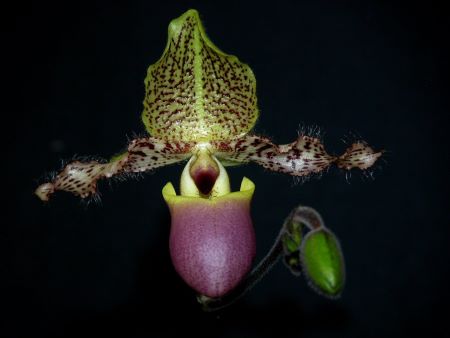
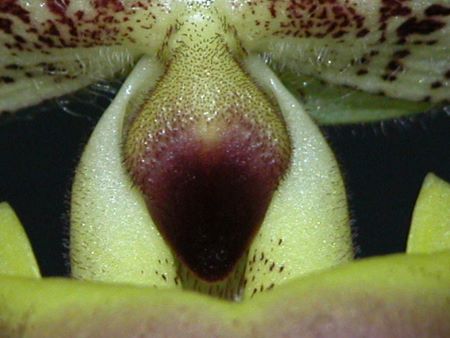
P. glaucophyllum
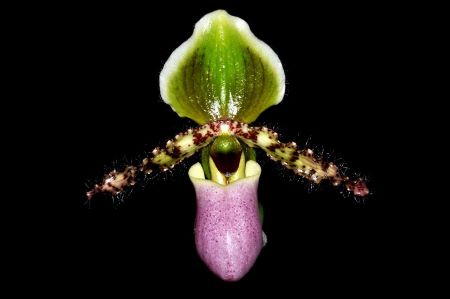
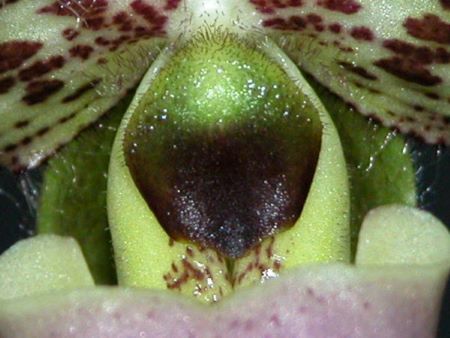
P. liemianum
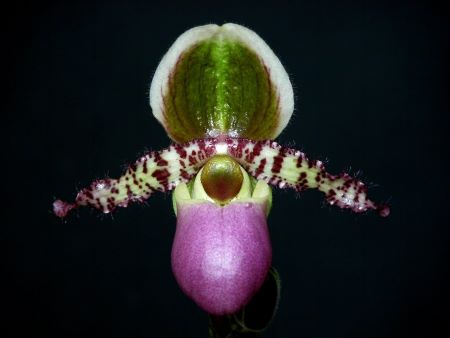
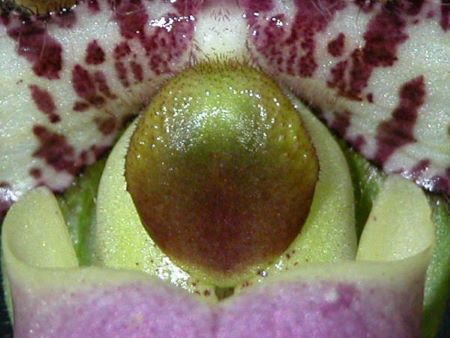
Am Naturstandort sind sowohl Pflanzen mit grünem Blatt, aber auch mit weißer Marmorierung gefunden worden.
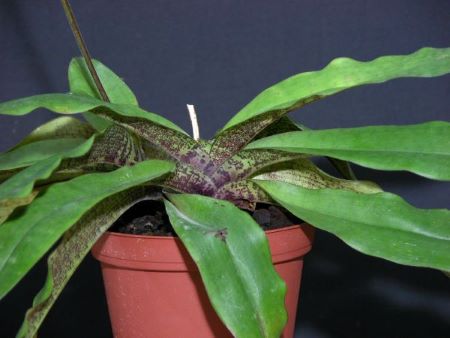
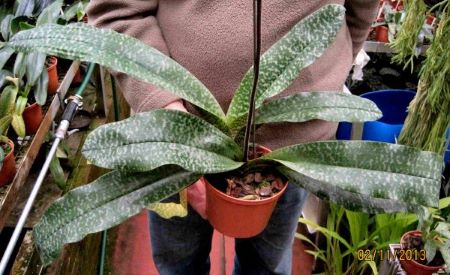
P. primulinum
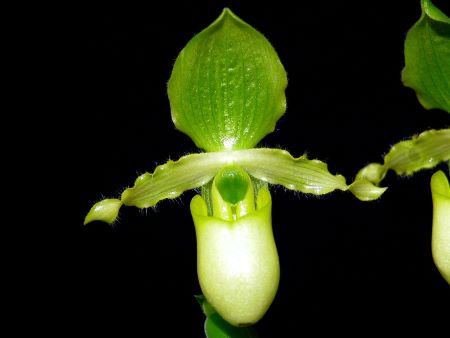
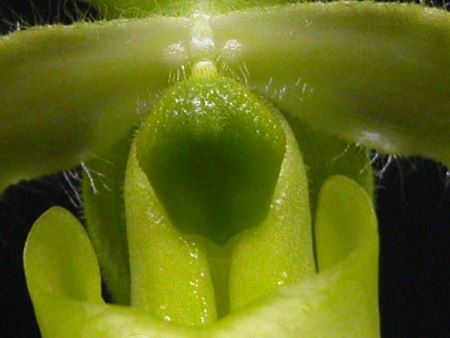
P. primulinum forma (var.) purpurasens
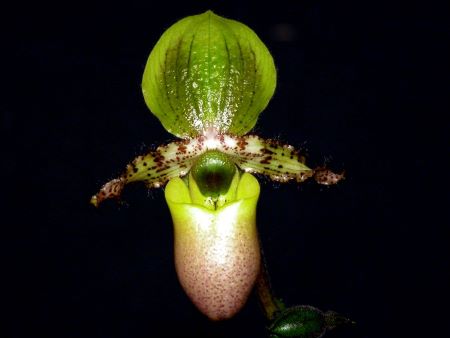
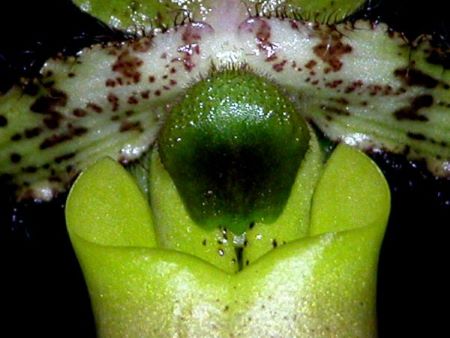
P. kalinae
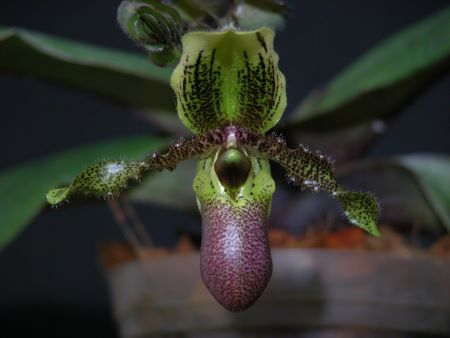
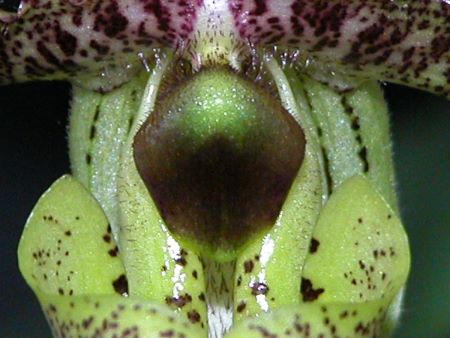
P. dodiyanum
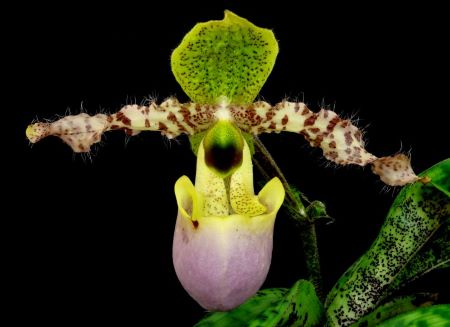

Further information and pictures about the individual species can be found on this homepage under the “Species” tab.


